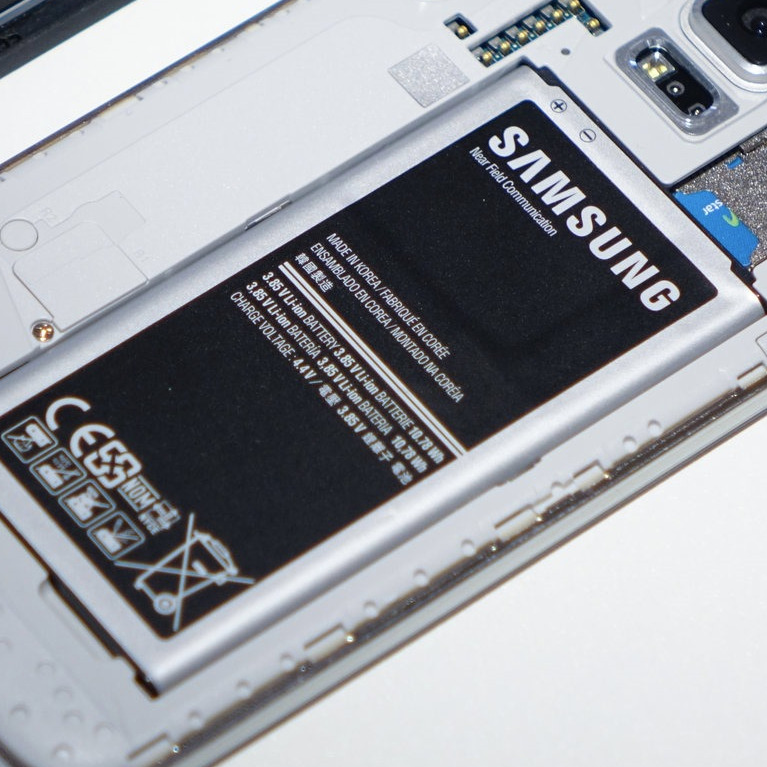Technology in general and mobile tech in particular is on a rapid march forward, but there's a bottleneck that's holding it back: batteries. For years lithium-ion batteries have been the best option for storing energy pound-for-pound, but they've hit a wall - now we can only get bigger batteries or make our gadgets more efficient. A team of researchers at Stanford University have created what they call the "holy grail" of battery technology, a battery with a stable lithium anode.
Here's a quick refresher for those of us who are a long time past middle school. Your standard rechargeable battery uses three primary components, an anode that stores lithium ions while charging, a cathode that receives the ions while discharging, and an electrolyte that allows the ions to move from one to the other. In current-generation lithium-ion batteries, the positively charged cathode is usually a lithium metal oxide, and the negatively charged anode is made of graphite or other porous materials.
[EMBED_YT]https://youtu.be/2PjyJhe7Q1g
[/EMBED_YT]
Video posted by BASF Chemical Company
Lithium would make for an excellent anode as well, except that it expands much more than other materials when the positively-charged ions attach, making it crack and lose efficiency. Lithium anodes also react with the electrolyte and discharge much more heat than lithium cathodes, again, losing power and efficiency.
The Stanford team claim that they've solved the problem by placing a microscopically thin layer of flexible carbon over the lithium anode, protecting it from the electrolyte reaction and allowing it to safely expand and contract. This "carbon nanosphere" structure is 20 nanometers thick, about 5000 times thinner than a piece of printer paper. Using lithium compounds in both the anode and the cathode could increase the amount of stored energy in the same space as a conventional lithium ion battery by a factor of at least two, possibly three or four. A battery the same size as a typical 2500mAh Li-ion pack could last an Android phone for the better part of a week.
In their paper published in Nature Nanotechnology, the Stanford team say that they need to do more research to get the lithium anode's battery efficiency up to 99.9 percent over a long period of charging cycles. The current battery design sits at 99%, well below the industry standard, but still much more efficient than previous attempts at this technology. There's no telling when "pure" lithium batteries will begin to hit consumer devices, but you can bet that the various OEMs have their eyes glued to the progress being made.
Source: Phys.org

